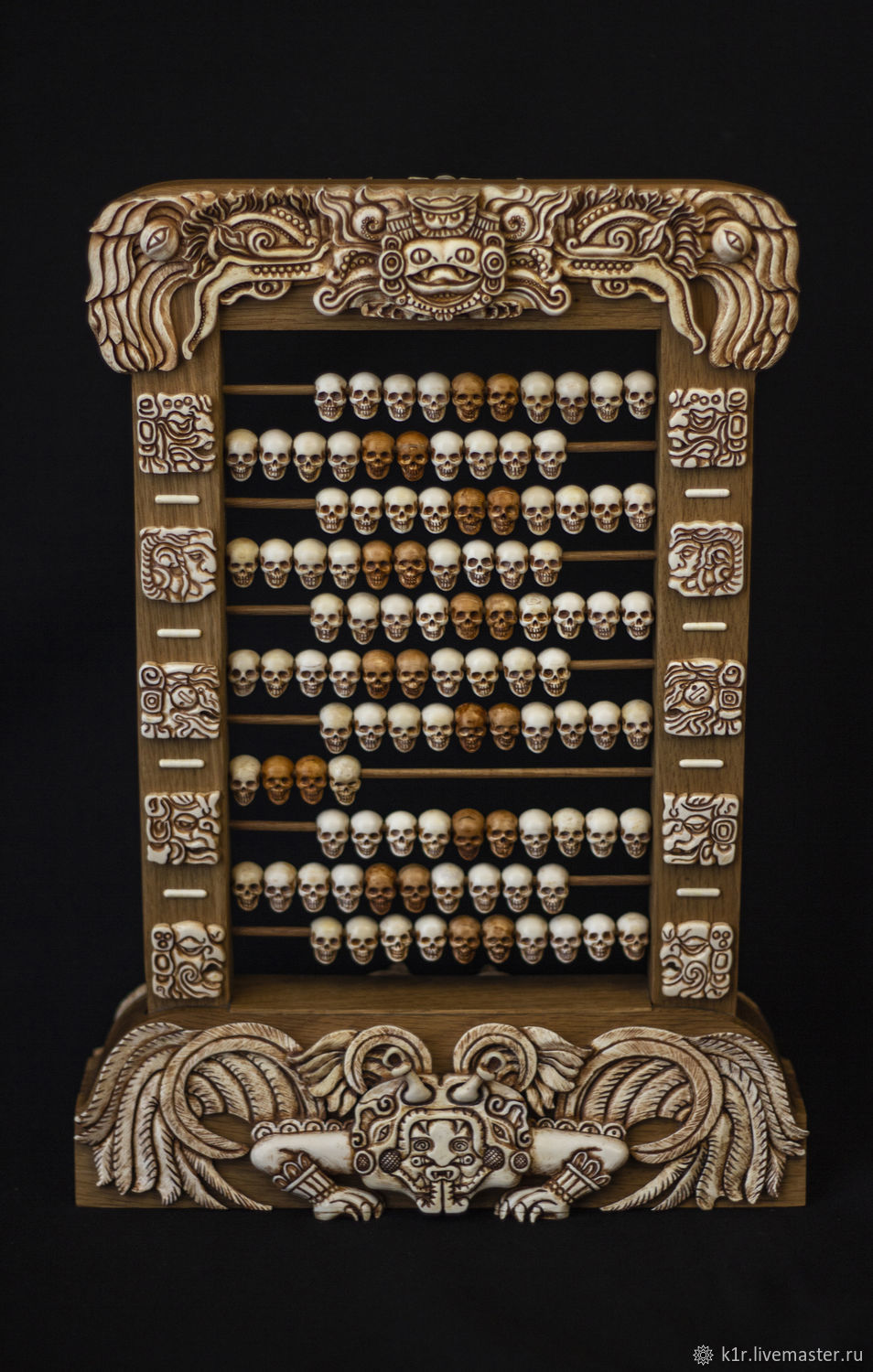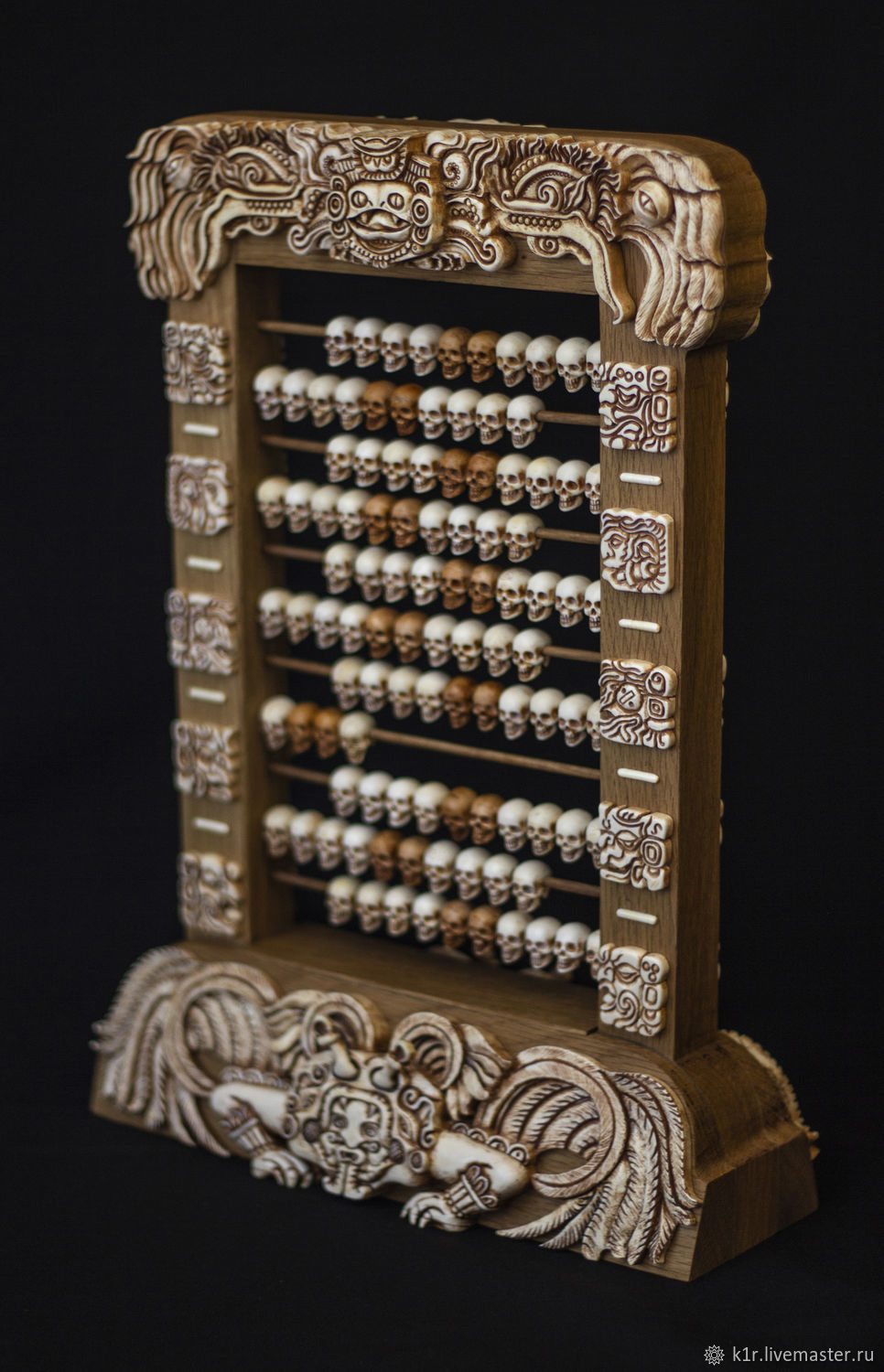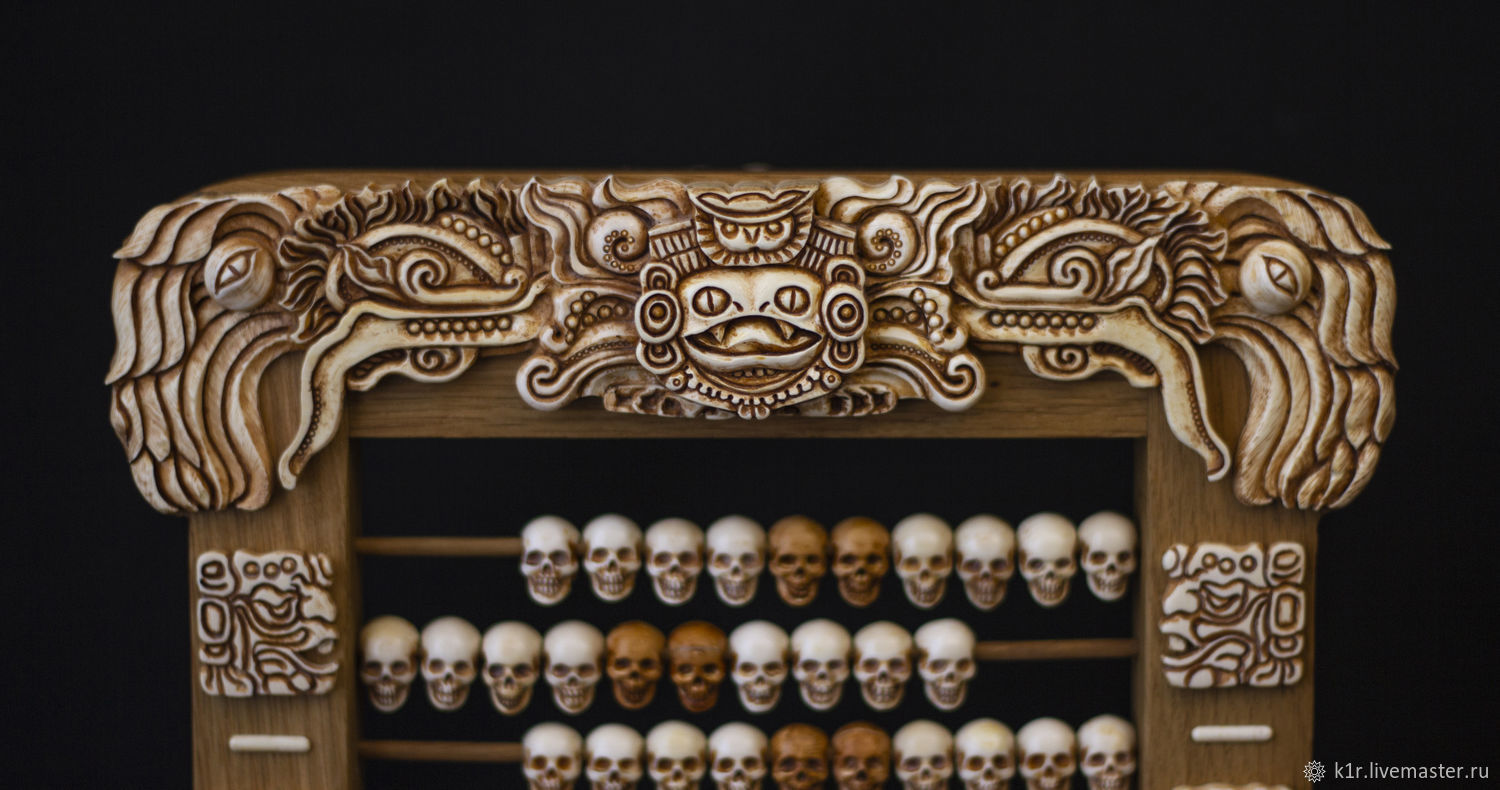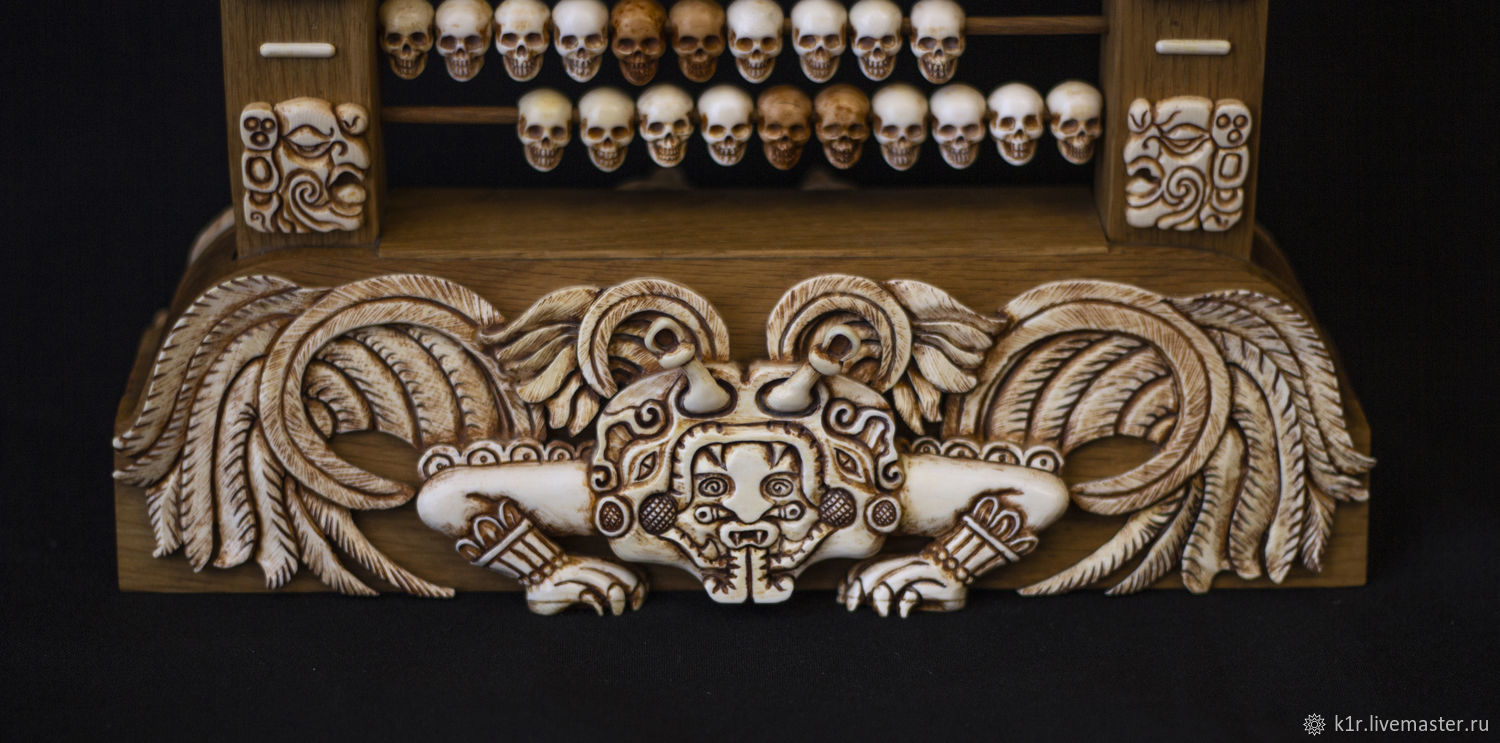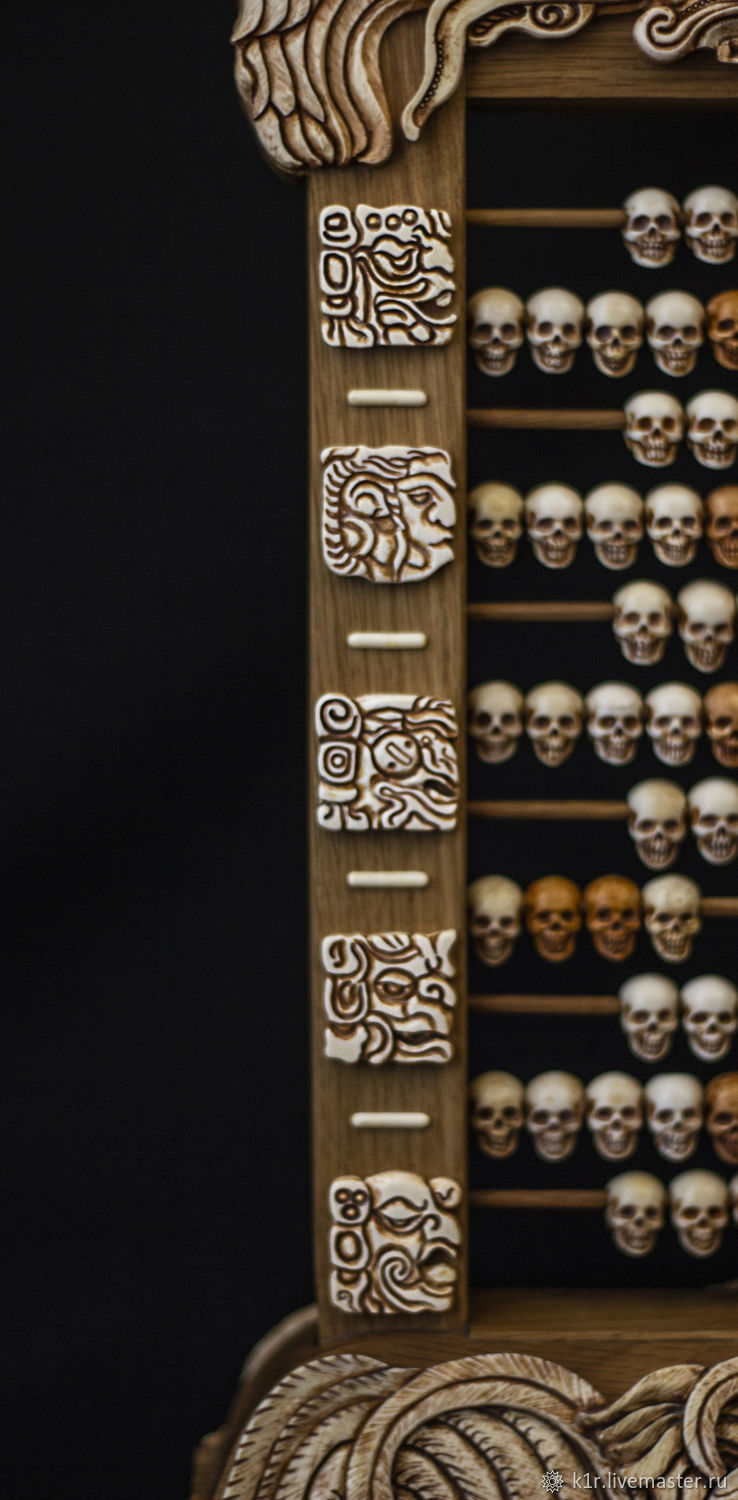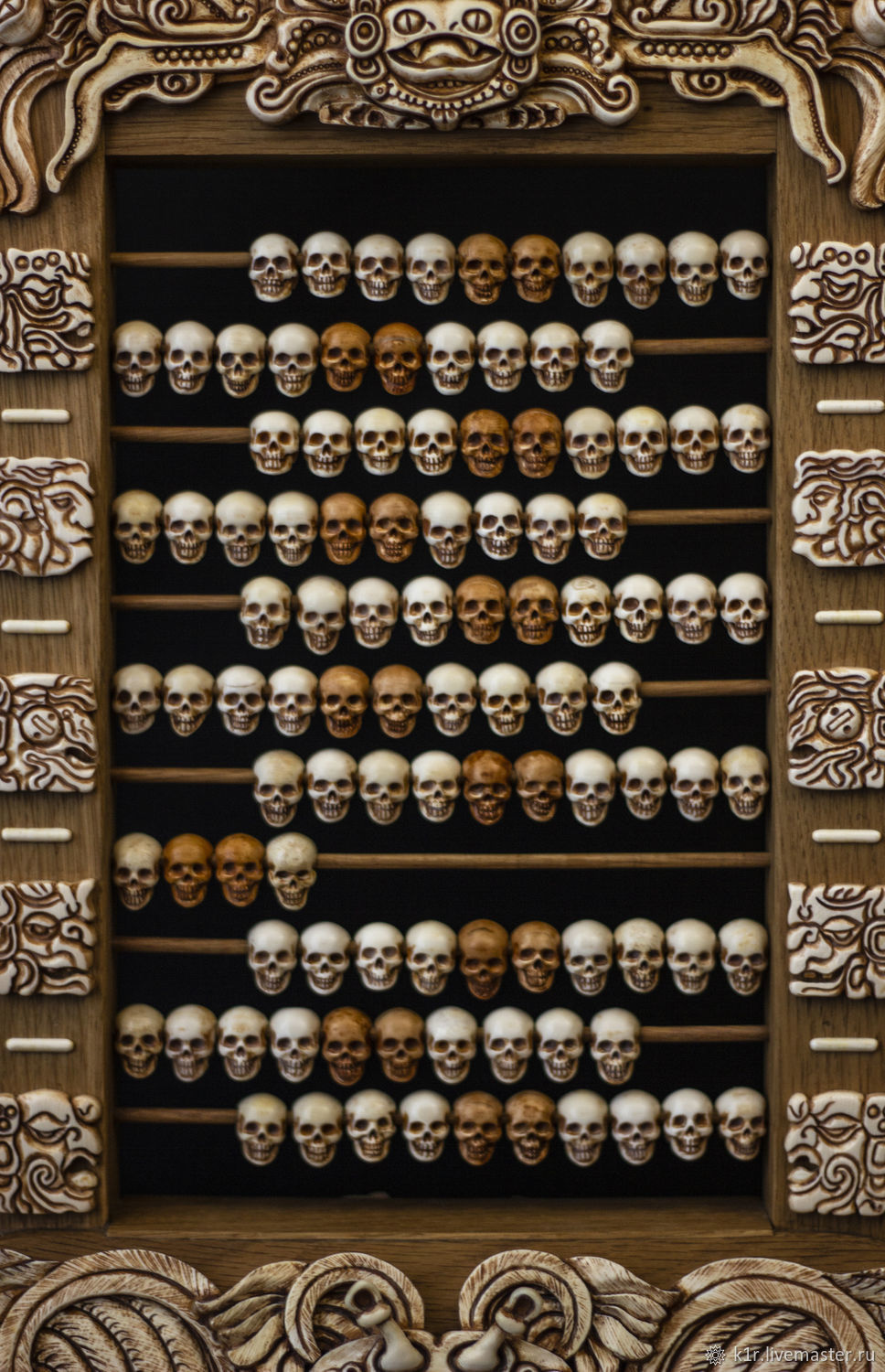$10 430.31
In stock 1 pcs
Способ оплаты уточните у продавца
Description
Baron Friedrich Wilhelm Heinrich Alexa ndr von Gu Mboldt is a German geographer, naturalist and traveler, one of the founders of geography as an independent science
After his sensational expedition to South America, in 1808 he intended to go through Russia to Central Asia, a year later to India and Tibet, and then made a plan for a trip to Siberia, which was to last several years. But Humboldt had lived in Napoleonic Paris for too long, which made him suspicious of both the British and the Russian court.. And the invasion of Napoleon finally buried these plans.
For several years, Humboldt corresponded with Count Kankrin, the Minister of Finance of the Russian Empire, who asked the venerable scientist to express his opinion on the expediency of introducing a platinum coin into the country's monetary circulation. As a result, Humboldt received an official invitation "in the interests of science and the country" to visit the Ural ore deposits
During his trip to Russia, the baron communicated with many scientists, cultural figures, industrialists, artisans. His inquisitive mind was constantly in the process of cognition and research, including culture. According to legend, during one of these cultural conversations, the scientist shared an interesting observation and drew analogies between Orthodox rosaries (which he actually called a "ritual counting machine"), Russian accounts and Aztec ritual structures – tzompantli*, which he saw many times during his trip to South America. This idea was picked up by one of the artisans present at the conversation. The idea was so boring to him that the "Ritual Counting Machine" was made in the shortest possible time. It was supposed to present this gift to the baron when he was on his way back from Altai to St. Petersburg. Unfortunately, the return trip did not coincide with the original one and the gift was never received by the scientist, and soon it was completely lost in the possessions of local industrialists.
According to fragments of testimonies of the baron's contemporaries and random witnesses who saw the "counting machine" in person, it was possible to recreate the appearance of the almost legendary accounts of Baron Alexander von Humbold, which were never destined to become his possession..
* Tsompantli is usually understood as a rack with horizontal parallel rails, on which the heads or skulls of captured officers sacrificed during a religious ceremony in the temple, next to which it was placed, are impaled. in the Aztec language, there is a more succinct definition of this construction: tlatzolli tzon pantle, which means "death is precious and desired".
Thus, the tzompantli, which showed the heads and skulls of captured warriors, was undoubtedly intended to inspire terror to enemies, mixed with delight and respect for the Aztec rulers, as well as cause sacred awe among the parishioners. However, first of all, it was "intended for prayer and reverence". In other words, tsompantli was a cult structure, and the actions of the priests associated with it were addressed to the gods.
"Art Studio GB". Author of the text and work: Cyrus.
After his sensational expedition to South America, in 1808 he intended to go through Russia to Central Asia, a year later to India and Tibet, and then made a plan for a trip to Siberia, which was to last several years. But Humboldt had lived in Napoleonic Paris for too long, which made him suspicious of both the British and the Russian court.. And the invasion of Napoleon finally buried these plans.
For several years, Humboldt corresponded with Count Kankrin, the Minister of Finance of the Russian Empire, who asked the venerable scientist to express his opinion on the expediency of introducing a platinum coin into the country's monetary circulation. As a result, Humboldt received an official invitation "in the interests of science and the country" to visit the Ural ore deposits
During his trip to Russia, the baron communicated with many scientists, cultural figures, industrialists, artisans. His inquisitive mind was constantly in the process of cognition and research, including culture. According to legend, during one of these cultural conversations, the scientist shared an interesting observation and drew analogies between Orthodox rosaries (which he actually called a "ritual counting machine"), Russian accounts and Aztec ritual structures – tzompantli*, which he saw many times during his trip to South America. This idea was picked up by one of the artisans present at the conversation. The idea was so boring to him that the "Ritual Counting Machine" was made in the shortest possible time. It was supposed to present this gift to the baron when he was on his way back from Altai to St. Petersburg. Unfortunately, the return trip did not coincide with the original one and the gift was never received by the scientist, and soon it was completely lost in the possessions of local industrialists.
According to fragments of testimonies of the baron's contemporaries and random witnesses who saw the "counting machine" in person, it was possible to recreate the appearance of the almost legendary accounts of Baron Alexander von Humbold, which were never destined to become his possession..
* Tsompantli is usually understood as a rack with horizontal parallel rails, on which the heads or skulls of captured officers sacrificed during a religious ceremony in the temple, next to which it was placed, are impaled. in the Aztec language, there is a more succinct definition of this construction: tlatzolli tzon pantle, which means "death is precious and desired".
Thus, the tzompantli, which showed the heads and skulls of captured warriors, was undoubtedly intended to inspire terror to enemies, mixed with delight and respect for the Aztec rulers, as well as cause sacred awe among the parishioners. However, first of all, it was "intended for prayer and reverence". In other words, tsompantli was a cult structure, and the actions of the priests associated with it were addressed to the gods.
"Art Studio GB". Author of the text and work: Cyrus.
How to keep
Avoid excessive dryness and humidity of the room, direct sunlight, contact with water and other detergents and solvents. Accuracy in handling, in order to avoid breakage of small protruding parts.
Доставка и оплата
Доставка от продавца
Способы оплаты и доставки обсуждаются с продавцом
Local pickup
(Moscow)
Free
Условия возврата
For all products, a photo report is made before dispatch and is consistent with the customer. Well packed and sent. If, for some reason, when goods are received, there are problems with the goods due to my fault or the goods despite the preliminary agreement do not correspond to the description and requirements, all problems are solved through personal communication with me as the manufacturer.
Related searches
Powered by Yandex.Translate
$10 430.31

Alexander von Humbold's Ritual Calculating Machine
$10 430.31





